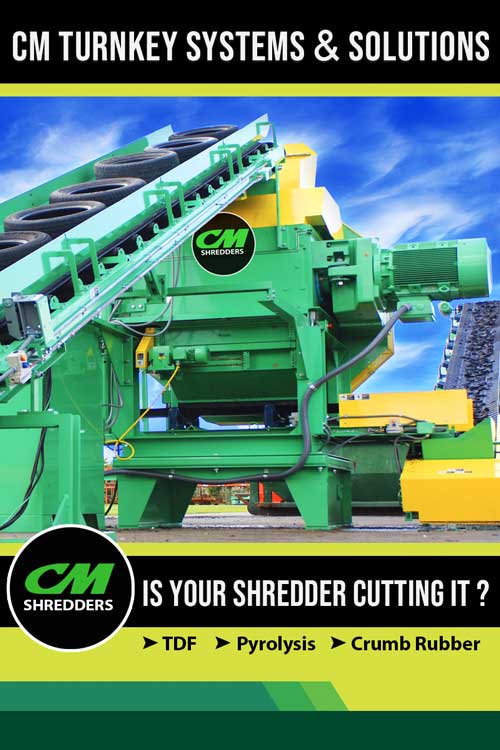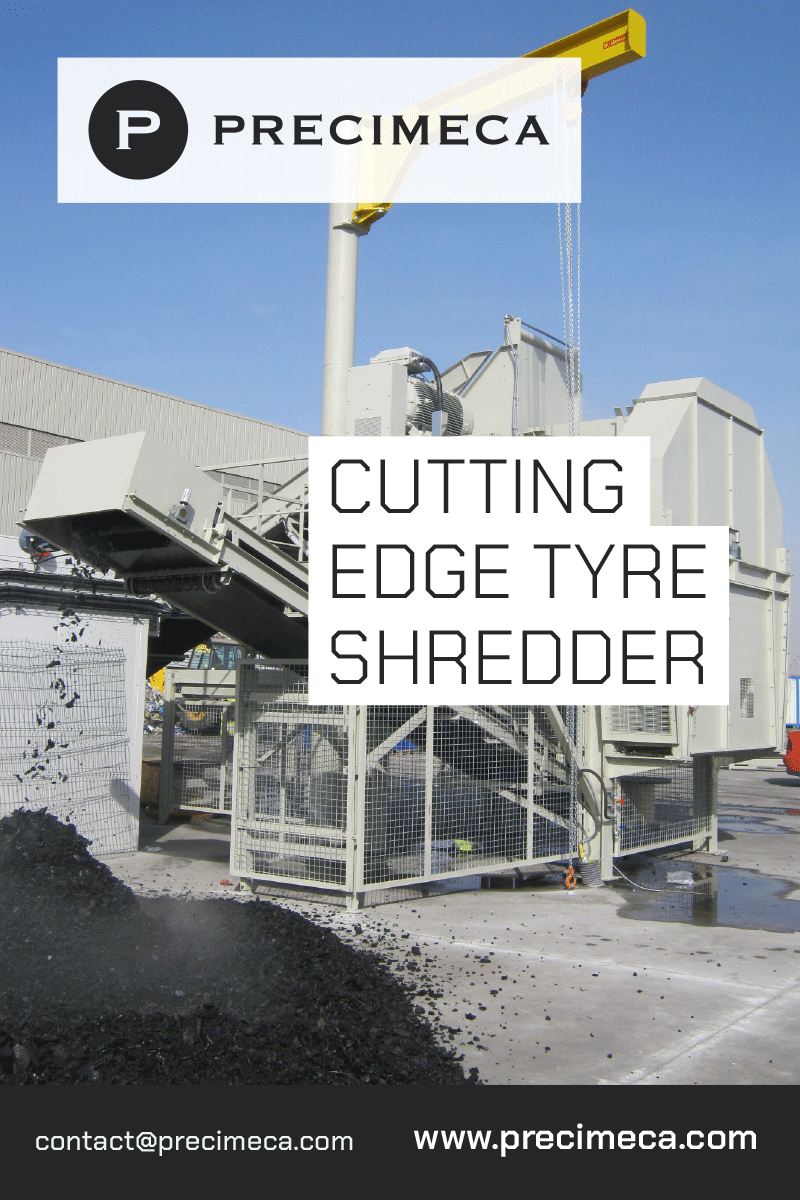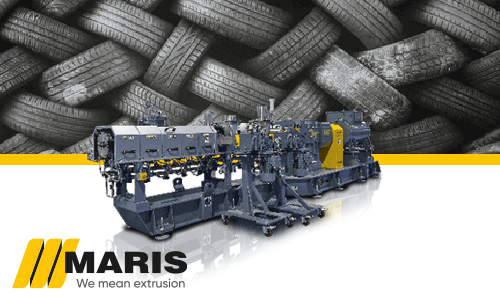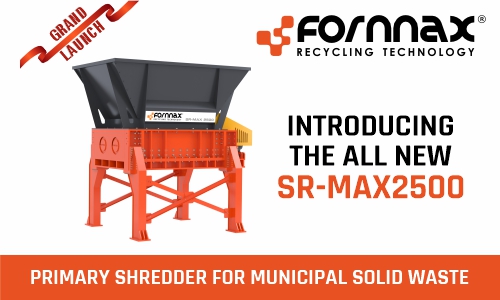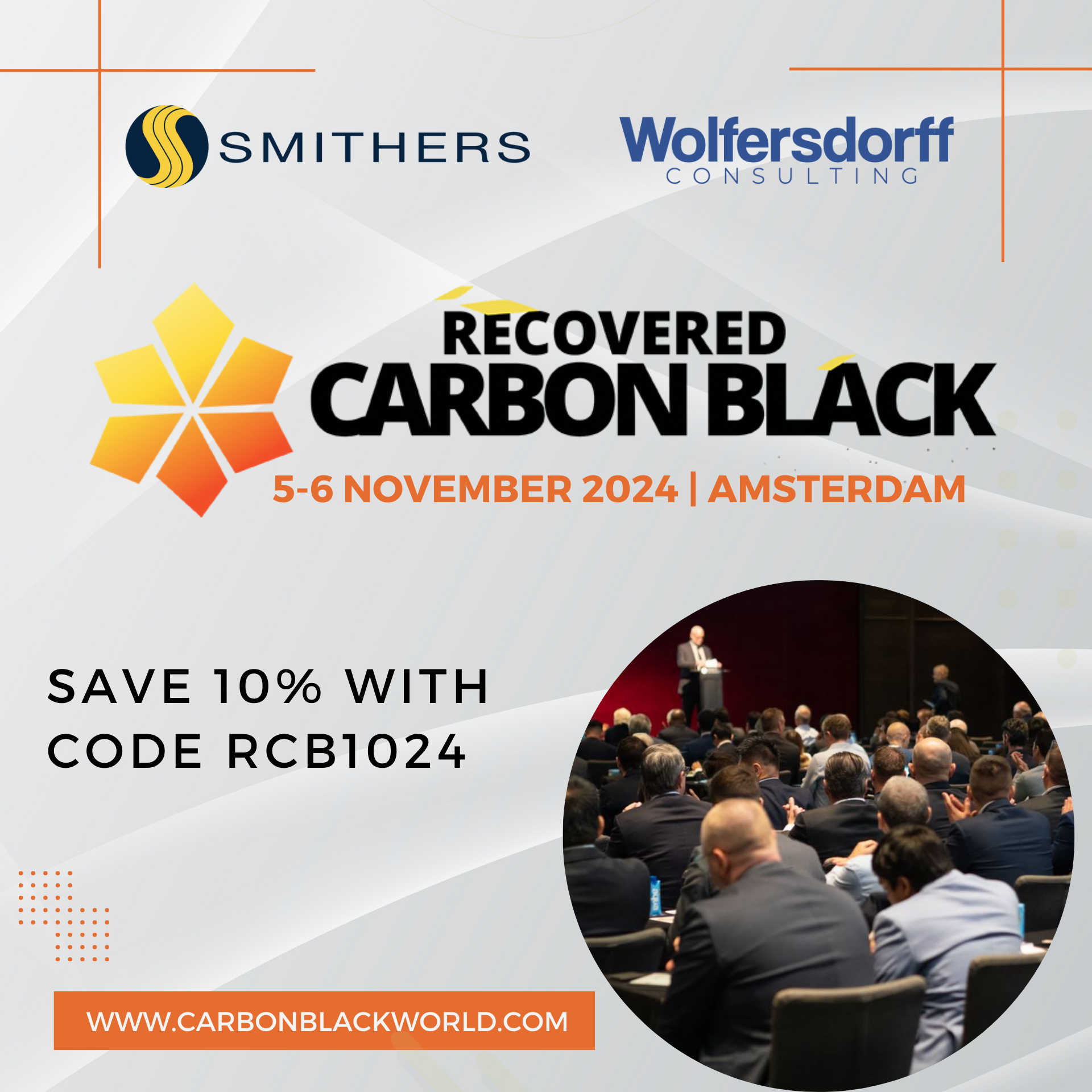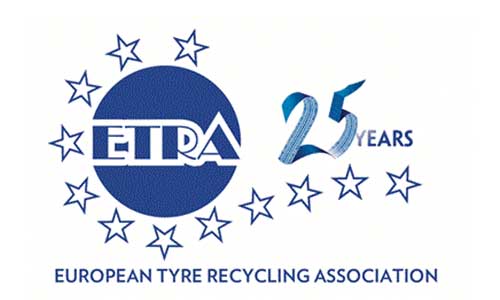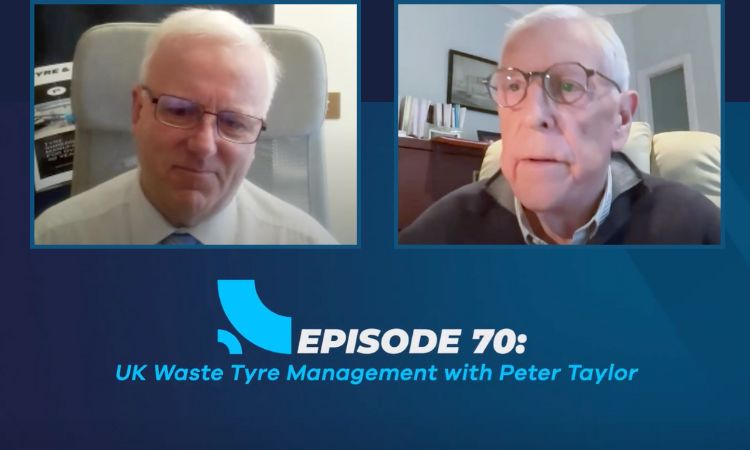Weibold Academy: Which processes shape the future of end-of-life tires?
As of early 2020, global export markets for whole and baled end-of-life tires are under threat. Decision to revamp end-of-life tire exports practices came into consideration in some waste exporting countries in 2019. That came after repeated alarming messages spread around the world from developing Asian countries. The news told about deteriorating environment, lack of proper recycling techniques and sometimes even failure to enforce standards of waste management practices in developing economies.
In this article, Weibold highlights the ways tire recycling industry can adapt to future changes. It also analyses established and new solutions to reduce the need for inter-continental end-of-life tire trading. As a recycling industry we have a particular responsibility to help reduce CO2 emissions.
Future technologies and developments in tire recycling
While some developing states, as well as some end-of-life tire exporting countries may soon ban the practice of cross-border waste shipment, the world experiences a moderate but steady growth of the established markets for recycled tire materials. Recovered carbon black, crumb rubber, rubber powder, thermoplastic elastomers, molded rubber products, fuel oil and other materials conquer an ever bigger market share worldwide every year.
However, according to our studies, the industry has a far bigger potential. Today, some 50% of end-of-life tires in Europe and America are exported abroad and/or incinerated. This is a huge potential on the one hand, but also a big threat on the other hand. The industry needs concerted efforts of all stakeholders to explore new markets and bring circular economy to the whole new level. And yet this is entirely possible.
Can you contribute to our industry’s success and reduce environmentally unfriendly inter-continental waste tire shipments?
Weibold is looking at promising business concepts related to tire recycling & pyrolysis which have potential to shape the future of the industry. Our expert team has been helping companies in tire recycling and pyrolysis since 1999, whereby Weibold grew a substantial network of potential investors, technologies, know-hows, etc.
For over 20 years, Weibold has been offering services such as: market research, business planning, due diligence, sales training, R&D networking, plant upgrade, used equipment search and much more!
Value-added products in tire recycling & pyrolysis
Over the last years, recycled rubber materials have been used in a number of value-added applications, such as:
Waste bin wheels from crumb rubber
The product has great potential on markets all over the world. The technology has already proved commercially successful and there are a number of reliable technology suppliers on the market;
Security products from recycled rubber
Vast array of applications is available on markets on all continents. For instance, British company Rosehill Security manufacturing hostile vehicle mitigation barriers, ballistic blocks and impact defenders recently expanded sales to the U.S. market;
Railroad ties from recycled rubber
There are a variety of companies on the market who manufacture this type of product. A young Italian company Greenrail went even further and created IoT-based environment-friendly railroad ties from recycled tires and plastic. According to Greenrail, its Solar and LinkBox systems ensure energy-efficiency and railway’s setup safety by transmitting real-time data to special analytics center;
Thermoplastic elastomers based on tire-derived rubber powder
A number of tire recycling companies have already been exploring this field. While technologically complex and R&D intensive, TPE opens the entire world of promising opportunities, e.g. automotive parts (e.g. bumpers), traffic safety equipment, civil engineering applications, home and gardening appliances, etc. High-quality TPE blends based on recycled tire rubber are candidates to substitute recycled materials for virgin TPEs in automotive sector;
Roofing membranes with rubber powder replacing SBS
By means of superficial modification or devulcanization of fine tire derived rubber powder, it is possible to replace SBS rubber in bituminous mixtures used in hydro insulation.
Recovered carbon black from tire pyrolysis
While the industry is still developing, commercializing new products requires significant R&D efforts. Nevertheless, a number of success stories is known on the market. In 2019, first standardization efforts took place and ever more industry majors today start switching to the circular economy product;
Fuel oil for vehicular / stationary engines
Tire pyrolysis process enables to produce a more sustainable version of fuel oil, which can be used as alternative to diesel after additional treatment. The field is yet under development, as significant R&D efforts are needed to refine the fuel from Sulphur and obtain a consistent product with reliable qualities.
Prerequisites of success for tire recycling industry
To transform tire recycling industry into the full-fledged circular economy, important changes need to be made within the industry. Even though it is possible for profit-oriented tire recycling companies to move along with researches and invest fortunes in R&D by themselves, it is much more desirable for all stakeholders to rally together and make concerted efforts to reshape the industry. Below we list some of prerequisites for success of the tire recycling industry, some which are applicable to the industry and some – to individual recyclers.
Collaboration between tire manufacturers and tire recyclers
- “Recycling is not consideration in new tire design”, as the general manager of CM Shredders, Charles Astafan, put it speaking at the Scrap to Profit Conference in South Carolina in November 2019. Describing the new products of the tire manufacturers, Mr. Astafan mentioned challenges some of them pose for tire recycling equipment. As we move on in the digital era, IoT (sensors and hardware chips) become reasons of equipment damages or end product contamination. Tire manufacturers usually do not bother tailoring their innovations to the current recycling infrastructure. If collaboration took place, recyclers could obtain cleaner and more homogeneous output;
- Attracting tire manufacturers to non-patentable R&D in tire recycling as part of extended producer responsibility (EPR) schemes can give a boost to the industry. As a rule, tire manufacturers possess huge budgets, which makes it easier for them to fund researches compared to tire recycling / pyrolysis companies. Prohibition to patent inventions in this field should give equal opportunity to all tire recycling / pyrolysis companies and should become conducive to inclusion of recycled rubber in production chain of other manufacturers / industries;
- Designing IoT-based collection / sorting system can give tire recycling companies a unique opportunity to sort tires according to materials. An embedded chip in a tire could contain data about types of rubber used in a tire, thereby helping recyclers produce more homogeneous output. This, in turn, would help use fine rubber powders in more TPE applications, as quality requirements are rather strict. The same applies to recovered carbon black.
Introduction of EPR schemes in developing countries
- Support by international associations and tire manufacturers to design better collection systems and waste management regulations in developing countries;
- Market development efforts supported by tire manufacturers and associations in developing countries through EPR schemes;
- More international grants available for collection & recycling efforts in developing countries through EPR schemes.
Collaboration of tire recycling companies with other industries & researchers
- Integration of IoT technologies and information systems into tire recycling / pyrolysis – in the era of digitalization, it becomes increasingly important to automate production and gather as much data as possible about feedstock, output, material properties, etc. Benefits are obvious: cutting production costs, enhancing material quality, building smart logistics network, gathering data for R&D, etc.;
- Carrying out researches with scientists / universities – plenty of researches worldwide work on enhancing tire recycling technologies and developing innovative, environment-friendly products from tire derived materials. If you are a tire recycler, consider supporting young academics to help the industry and science;
Whereas these are the crucial steps for the tire recycling / pyrolysis industry to transform itself into a full-fledged circular economy, there are other ways of building profitable tire recycling business as well.
Weibold has over 20 years of experience in working with both private tire recycling / pyrolysis companies and associations worldwide. We offer services such as: market research, business planning, due diligence, sales training, R&D networking, plant upgrade, used equipment search and many other solutions to build successful circular economy company. Contact us at [email protected].
Events triggered discussions about end-of-life tire exports ban
In August 2019, Robert Kelman – executive officer at the Australian Tyre Recyclers’ Association (ATRA) – said the following in a media press release:
“Bales of whole tyres, we know are either burnt in the open or in highly polluting pyrolysis operations in India and Malaysia with poor outcomes for human health and the environment. Australia should not be dumping this waste product on developing countries”.
Last year’s news from India and Malaysia confirm Mr. Kelman’s apprehension.
Soon enough, Australia became one of the first countries who started taking decisive actions against baled end-of-life tire exports. The National Waste and Recycling Industry Council (NWRIC) of Australia released a statement in which it argued that whole baled end-of-life tire exports posed significant threat to human health and the environment. In 2019, NWRIC turned to Australia’s Environment Minister and requested to prohibit whole bale tire exports by July 2020. As a result of this, the Federal Government is opening export ban consultation.
Moreover, there has been strong movement inside developing countries against uncontrolled pyrolysis operations on their territory.
India-based Social Action and Environment Group (SAPE) has been campaigning for prohibition of hazardous types of tire recycling in the country and in October 2019 it received support from the British Tyre Recovery Association (TRA). The country is currently experiencing a major problem with the oversight of recycling operations – in December 2019 Central Pollution Control Board (CPCB) claimed that 19 states failed to comply with environmental regulations. To tackle the problem, the authority closed down 270 illegal pyrolysis plants in the country.
Prior to the CPCB’s action, the National Green Tribunal of India (NGT) and Social Action for Forest & Environment (SAFE) requested to limit the import of scrap tires into India to prevent the country from becoming ‘a dump yard’.
Another news came from Malaysian Pasir Gudang where an illegal tire pyrolysis plant caused chemical poisoning of some 500 residents, who had to receive medical treatment in the aftermath. The incident caused an ongoing discussion in the Malaysian government of whether the end-of-life tire imports as well as pyrolysis operations should be regulated in a stricter way.
While having serious repercussions for tire recycling industry in other countries, the imports ban can help India and Malaysia improve the environment and further improve domestic collection and distribution of end-of-life tires.
Weibold is an international consulting company specializing exclusively in end-of-life tire recycling and pyrolysis. Since 1999, we have helped companies grow and build profitable businesses.

